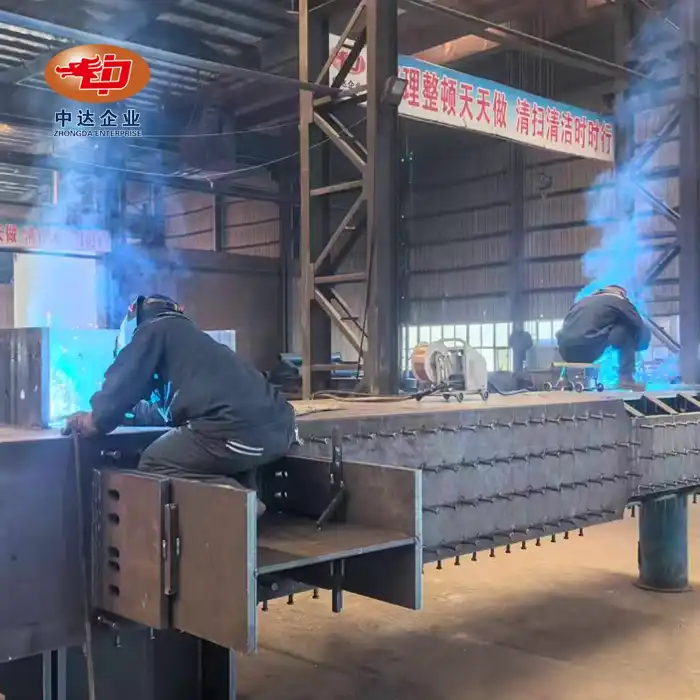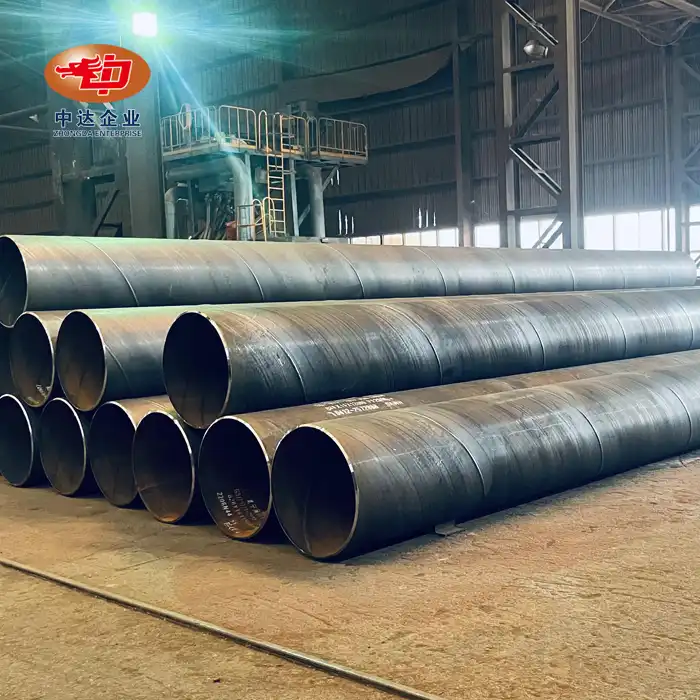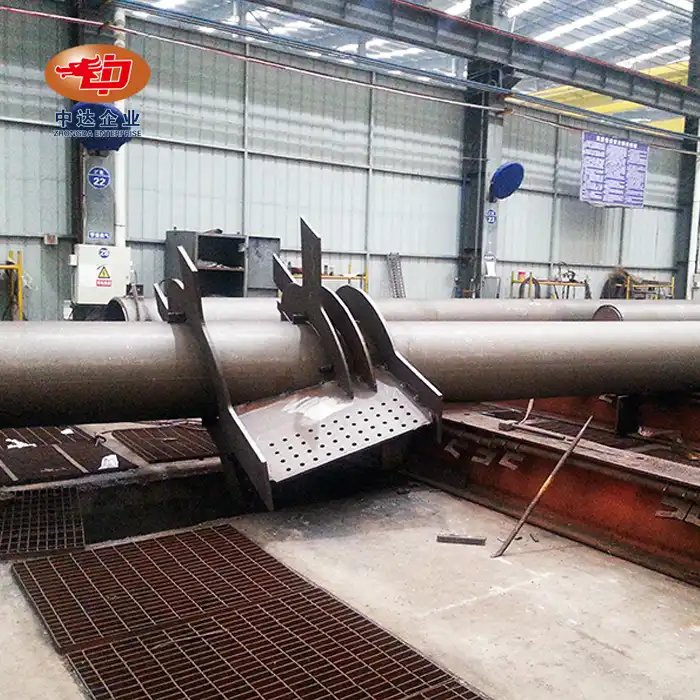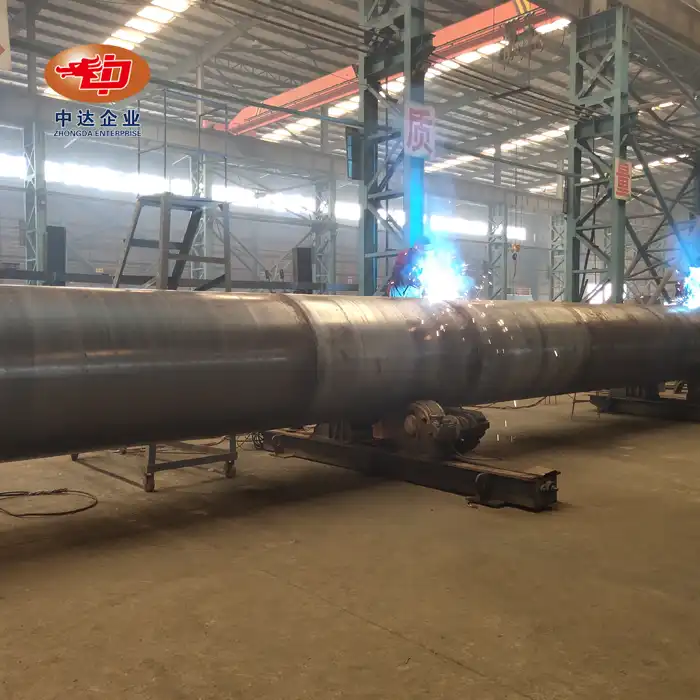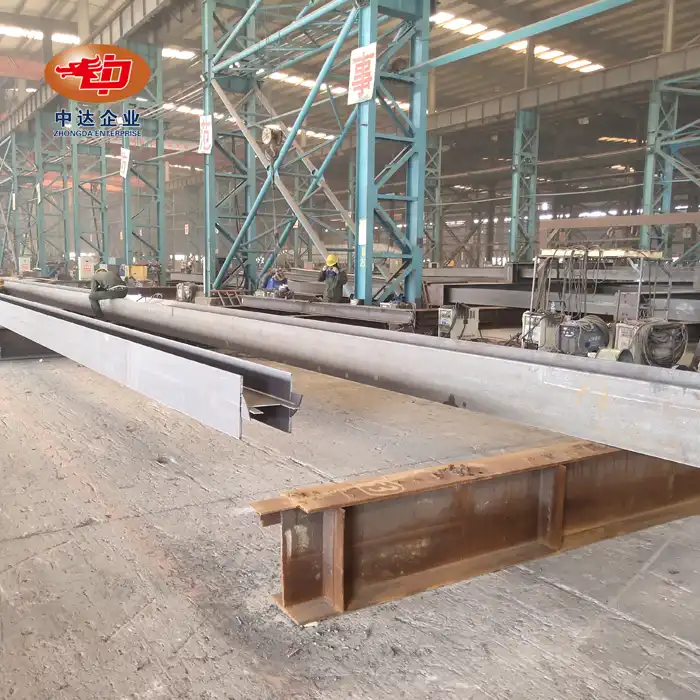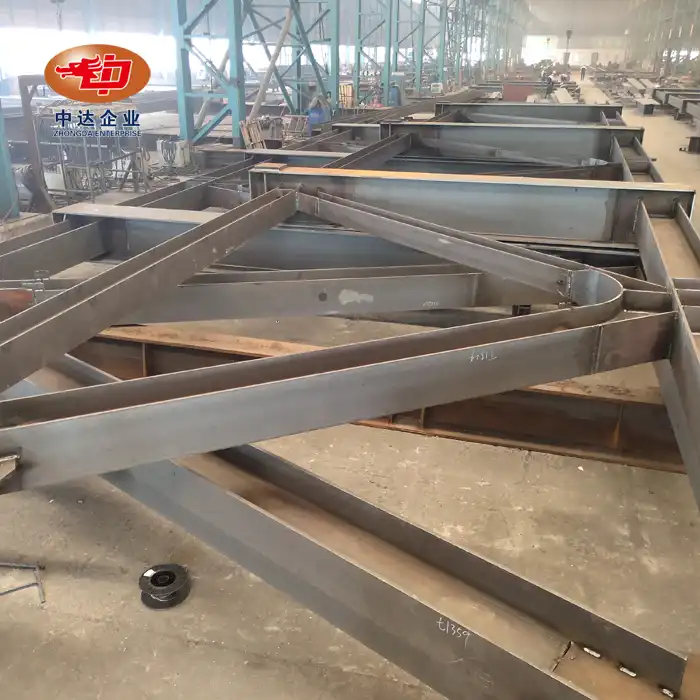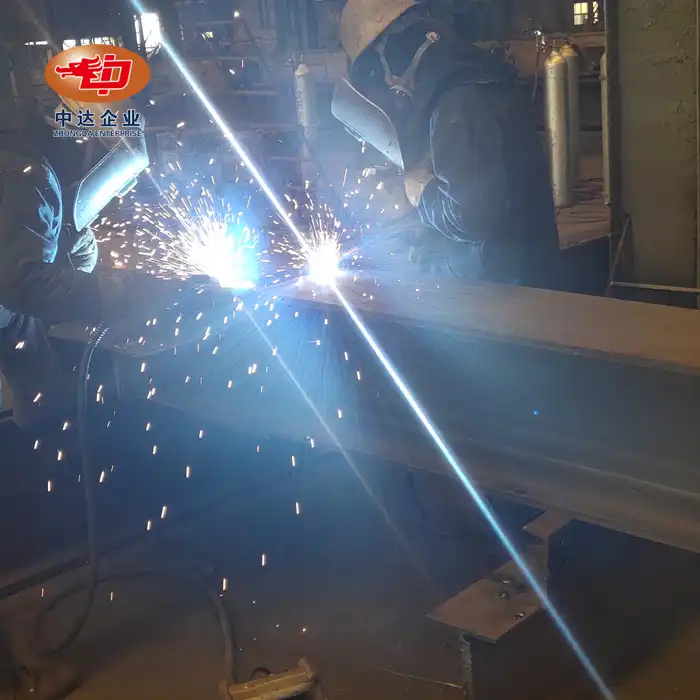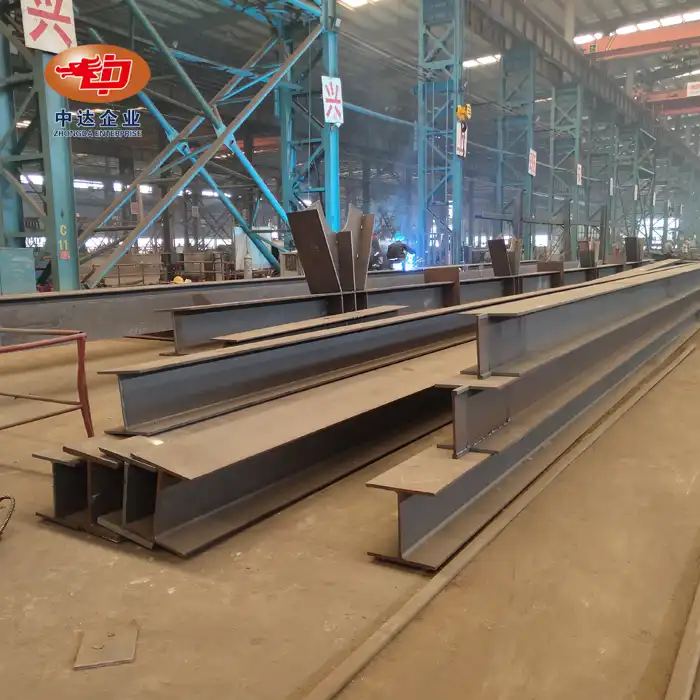Selecting the Right Manufacturer and Product Specifications
Researching and Vetting Chinese Manufacturers
When embarking on the journey to import prefabricated steel structures from China, the first crucial step is to identify and vet potential manufacturers. Look for companies with a solid reputation, extensive experience, and relevant certifications. Zhongda Steel, for instance, boasts ISO 9001/14001/OHSAS 45001 and EN 1090 certifications, demonstrating their commitment to quality and international standards. Examine the manufacturer's portfolio, paying close attention to projects similar to yours in scale and complexity. Request references and, if possible, speak with previous clients to gauge their satisfaction levels. Additionally, consider the manufacturer's production capacity and technological capabilities. Zhongda Steel's 120,000 m2 modern facility and 60,000-ton annual capacity, for example, indicate their ability to handle large-scale projects efficiently.
Defining Your Project Requirements
Before initiating contact with manufacturers, clearly outline your project's specifications. This includes dimensions, load-bearing requirements, environmental considerations, and any special features needed. For instance, if your project is in an area with extreme weather conditions, you might require specialized solutions like Zhongda Steel's -60°C Weathering Steel Anti-corrosion Technology. Be prepared to provide detailed drawings, 3D models, or BIM files to ensure accurate understanding and quotation. The more precise your requirements, the better the manufacturer can tailor their proposal to your needs, potentially saving time and resources in the long run.
Understanding Chinese Steel Grades and Standards
Familiarize yourself with Chinese steel grades and how they compare to international standards. This knowledge is crucial for ensuring the quality and suitability of the prefabricated structures for your project. Chinese steel is often produced to GB (Guobiao) standards, which may differ from ASTM, EN, or other international standards you're accustomed to. Work closely with the manufacturer to understand the equivalencies and ensure the steel grade meets or exceeds your project's requirements. Don't hesitate to request material certifications and test reports to verify compliance with specified standards.

Navigating Legal and Logistical Challenges
Complying with Import Regulations and Building Codes
Importing prefabricated steel structures involves navigating a complex web of regulations. Start by researching the import requirements specific to your country or region. This may include tariffs, quotas, or special permits for steel products. Additionally, ensure that the prefabricated structures comply with local building codes and standards. Some jurisdictions may require additional certifications or testing of imported steel structures. Engage with local authorities early in the process to identify any potential roadblocks and address them proactively. Consider working with a customs broker or import specialist who can guide you through the intricacies of international trade regulations and help streamline the import process.
Negotiating Contracts and Payment Terms
Once you've selected a manufacturer and confirmed compliance with regulations, it's time to negotiate contracts and payment terms. Be clear about delivery timelines, quality assurance measures, and warranties. Consider including clauses for third-party inspections at key production stages. When it comes to payment, international transactions often use letters of credit or similar secure methods. Negotiate terms that protect both parties, such as staged payments tied to production milestones. Be wary of deals that seem too good to be true, as they often are. Remember, working with a reputable manufacturer like Zhongda Steel can provide peace of mind in terms of quality and reliability, potentially justifying a higher upfront cost.

Planning for Shipping and Logistics
Shipping large prefabricated steel structures across the globe requires careful planning. Consider factors such as the size and weight of the components, which may necessitate specialized shipping methods. Decide between sea and air freight based on your timeline and budget. Sea freight is generally more cost-effective but takes longer, while air freight is faster but significantly more expensive. Factor in potential delays at customs and plan your project timeline accordingly. It's often wise to work with a logistics partner experienced in handling oversized cargo and familiar with the intricacies of shipping from China. They can help navigate potential pitfalls and ensure your structures arrive safely and on time.
Ensuring Quality and Successful Implementation
Implementing Quality Control Measures
Quality control is paramount when importing prefabricated steel structures. While reputable manufacturers like Zhongda Steel have robust internal quality control processes, it's advisable to implement additional measures. Consider hiring a third-party inspection company to conduct checks at various stages of production. These inspections can cover material quality, welding integrity, dimensional accuracy, and surface treatment. For critical components, you might want to witness testing procedures in person or via video link. Establish clear quality criteria in your contract and agree on remediation procedures for any non-conformities. Remember, addressing quality issues at the source is far more cost-effective than dealing with problems after the structures have been shipped.
Managing On-Site Assembly and Installation
The success of your project ultimately hinges on proper assembly and installation of the prefabricated structures. Start by ensuring you have detailed assembly instructions from the manufacturer. These should be clear, comprehensive, and preferably available in multiple languages to avoid misinterpretation. Consider bringing in experts from the manufacturing company to oversee or assist with the initial stages of assembly. This can be particularly valuable for complex structures or if your local team lacks experience with prefabricated steel assemblies. Ensure your site is properly prepared, with necessary equipment and skilled labor available. Pay close attention to foundation work, as errors at this stage can cascade into alignment issues during assembly. Implement a systematic approach to inventory management to ensure all components are accounted for and readily available as needed.
Post-Installation Support and Maintenance
Your relationship with the manufacturer shouldn't end once the structures are installed. Discuss post-installation support options during the negotiation phase. This might include access to technical support, spare parts availability, or even periodic inspections. Develop a comprehensive maintenance plan based on the manufacturer's recommendations and local environmental conditions. Regular inspections and preventive maintenance can significantly extend the lifespan of your steel structures. For specialized components or systems, consider arranging training sessions for your maintenance team, either on-site or at the manufacturer's facility. This investment in knowledge transfer can pay dividends in the long-term performance and durability of your prefabricated steel structures.
Conclusion
Importing prefabricated steel structures from China can offer significant advantages in terms of cost, efficiency, and quality when done correctly. By carefully selecting a reputable manufacturer like Zhongda Steel, thoroughly planning each stage of the process, and implementing robust quality control measures, you can successfully navigate the complexities of international procurement. Remember that clear communication, attention to detail, and a proactive approach to problem-solving are key to realizing the full benefits of prefabricated steel construction. With the right partner and proper planning, your project can leverage the strengths of Chinese manufacturing expertise to achieve outstanding results.
Contact Us
Ready to elevate your construction project with high-quality prefabricated steel structures? Partner with Zhongda Steel, a global leader in precision steel solutions. Our BIM-driven prefabrication, advanced anti-corrosion technology, and ultra-thick plate cutting capabilities ensure unmatched quality and efficiency. Experience the benefits of working with a trusted manufacturer who has delivered excellence from Arctic bridges to industrial hubs worldwide. Contact us today at Ava@zd-steels.com to discuss how our prefabricated steel structures can bring innovation, speed, and unwavering quality to your next project.
References
Zhang, L., & Li, Y. (2021). Prefabricated Steel Structures: A Comprehensive Guide to Design and Manufacturing. Journal of Structural Engineering, 147(3), 04020345.
Wang, X., et al. (2020). Quality Control in Prefabricated Steel Construction: Lessons from China. International Journal of Construction Management, 20(8), 989-1003.
Liu, H., & Chen, Z. (2019). Logistics Optimization for Prefabricated Steel Structures: A Case Study of China-to-Global Shipping. Journal of Cleaner Production, 234, 715-726.
Brown, A., & Smith, J. (2022). International Building Code Compliance for Imported Prefabricated Structures. Building and Environment, 208, 108552.
Tan, Y., et al. (2018). Comparative Study on the Mechanical Properties of Steel Structures Manufactured in China and the United States. Materials, 11(9), 1739.
Johnson, R. (2023). Best Practices in On-Site Assembly of Prefabricated Steel Structures: A Global Perspective. Construction and Building Materials, 365, 129341.











